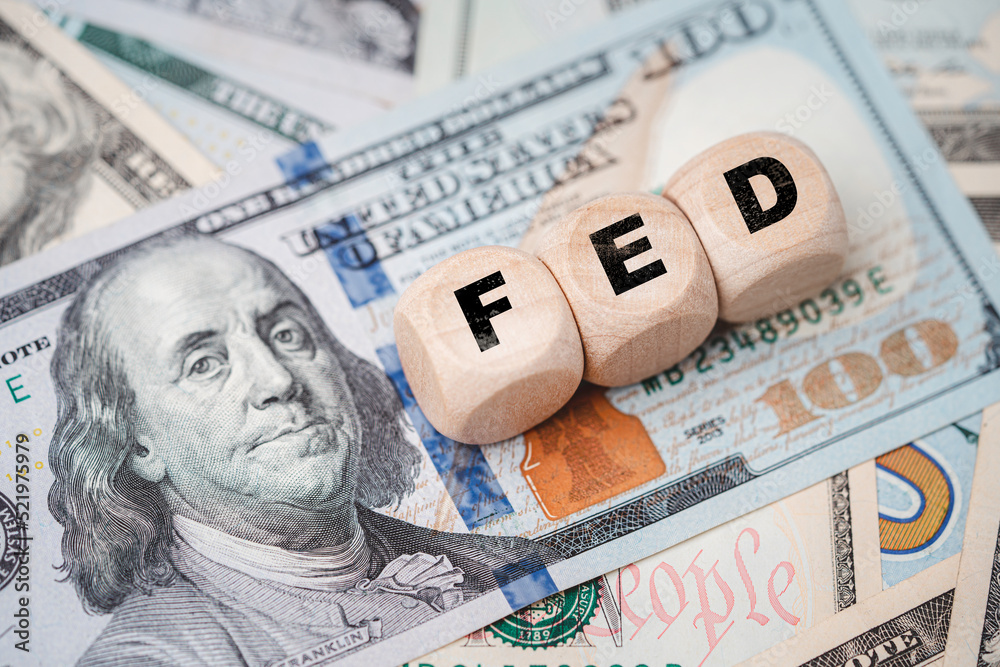
What a Fed Rate Cut Could Mean for Your Wallet
By McGregor McCance
Federal Reserve Chair Jerome Powell provided a strong and clear signal of a lowering of interest rates at Friday’s Jackson Hole Economic Symposium, an important annual gathering of senior Fed officials. Powell noted that a change in focus by the Fed has become increasingly important to maintaining economic stability in the face of a softening economy.
The comments follow a period during which the U.S. economy has shown steady growth, while inflation continues to retreat from elevated levels that had Americans paying more since the COVID-19 pandemic for everything from groceries to home and auto loans.

Rodney Sullivan, Executive Director for the Mayo Center of Asset Management
The Darden Report sought more context from Rodney Sullivan, executive director for the Mayo Center of Asset Management at the University of Virginia Darden School of Business.
What Powell is signaling
The implication here is that the time has come to lower rates. Supporting his point, Chair Powell noted a cooling of both inflation and the labor market over the past year. Specifically, he pointed out that unemployment has recently risen to 4.3% versus almost 1% a year ago while at the same time meaningful progress towards the Fed’s 2% inflation target has been made. Powell further expressed his view that the economy now appears to be on a sustainable path to achieving that 2% inflation goal while also maintaining a strong labor market.
In his assessment, Powell concluded that the upside risks to inflation have diminished while risks to economic and employment growth have risen.
Markets initially reacted positively to the expectation of a more “dovish” Fed with easing beginning in September, but it remains much less certain how the U.S. economy and rate cuts will play out in the months ahead.
What would actually be cut
If cuts occur, the Federal Reserve (Fed) would reduce short-term interest rates, specifically the federal funds rate, during their upcoming meeting in September with more rate cuts likely to follow later this fall. This is the rate that applies to commercial banks when they borrow and lend to each other, and in turn influences the interest rates that apply to many other short-term loans. Over the past two years (in 2022 and 2023), the Fed rapidly increased interest rates to curb rising inflation. As Powell indicated today, cuts would signal a shift in focus and bring into better balance the risks between inflation and rising unemployment amid growing concerns about a possible economic recession.
How it could affect the economy
The federal funds rate is a critical tool the Fed uses to influence economic activity, including inflation, employment, and overall financial conditions in the U.S. Lowering rates typically makes borrowing cheaper, which can encourage both consumer spending and business investment. This is good news for consumers as it likely means lower interest rates on mortgages, car loans, and credit cards, making it more affordable to borrow and spend. The Fed’s aim with a rate cut would be to stimulate the economy and employment in order to prevent an economic recession while not reigniting inflation.
What it means for markets and investments
In light of a slowing economy and cooling of inflation, a reduction in interest rates would likely lead to lower borrowing costs for businesses too, which could stimulate economic growth by encouraging expansion and new hiring. Additionally, lower rates generally provide a boost to financial markets, as the outlook for economic growth and corporate profitability improves. For these reasons, investors often view rate cuts as positive, driving up stock prices and improving market sentiment.
What’s the overall objective?
The Fed’s mandate is to, as best as it can, balance the risks between the competing objectives of keeping inflation low and maintaining full employment. It is well understood that this can be a daunting task. This is because forecasting economic growth and inflation is never easy, even with the Fed’s deep expertise. How the economy unfolds in the coming months is unclear and the specific path to lower rates (how many rate cuts and when) will be driven by incoming economic data. In short, the Fed is embarking on an easing journey–there remains continued uncertainty around how any Fed rate cuts will play out this year.
The University of Virginia Darden School of Business prepares responsible global leaders through unparalleled transformational learning experiences. Darden’s graduate degree programs (MBA, MSBA and Ph.D.) and Executive Education & Lifelong Learning programs offered by the Darden School Foundation set the stage for a lifetime of career advancement and impact. Darden’s top-ranked faculty, renowned for teaching excellence, inspires and shapes modern business leadership worldwide through research, thought leadership and business publishing. Darden has Grounds in Charlottesville, Virginia, and the Washington, D.C., area and a global community that includes 18,000 alumni in 90 countries. Darden was established in 1955 at the University of Virginia, a top public university founded by Thomas Jefferson in 1819 in Charlottesville, Virginia.
Press Contact
Molly Mitchell
Senior Associate Director, Editorial and Media Relations
Darden School of Business
University of Virginia
MitchellM@darden.virginia.edu




